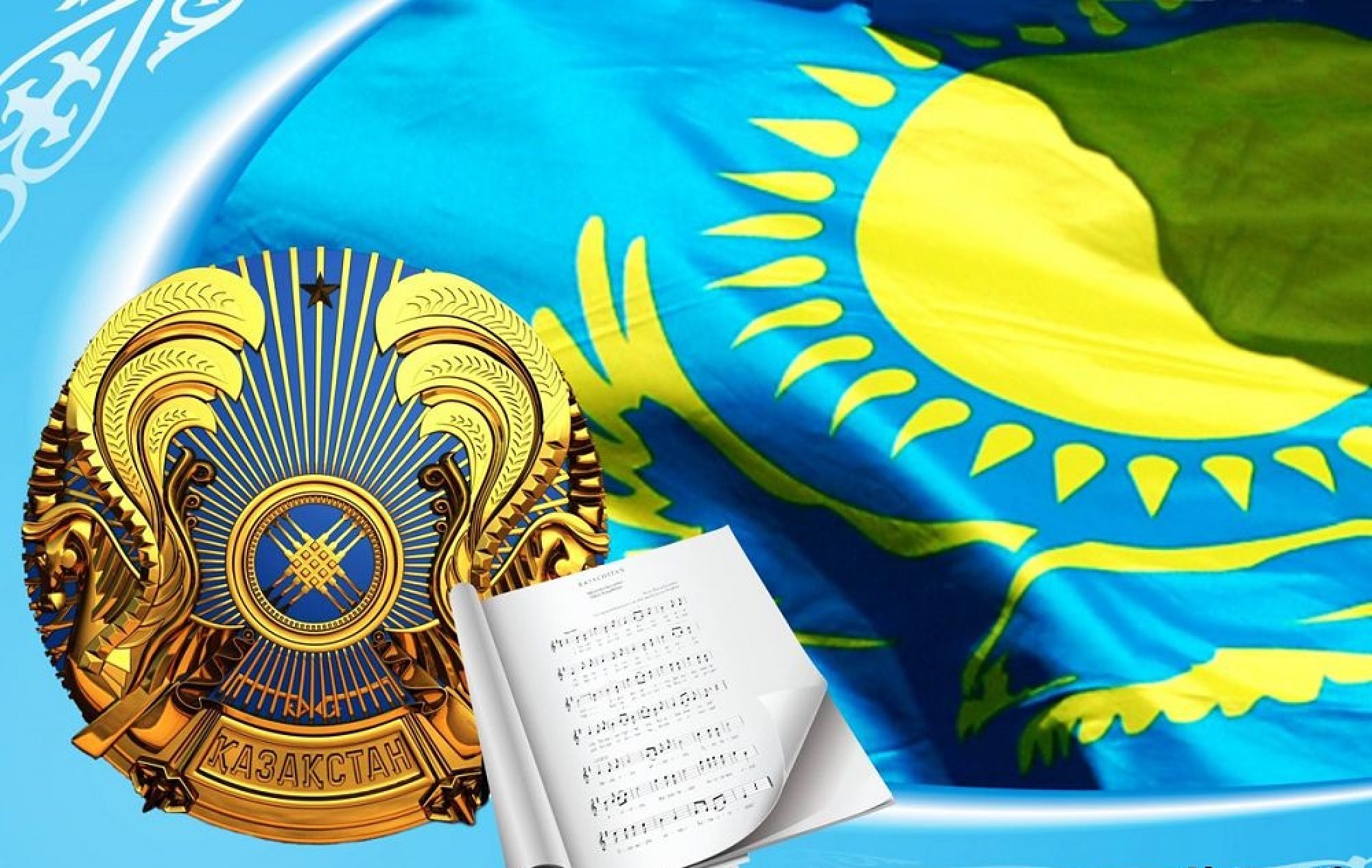ASTANA – Kazakhstan is celebrating the Day of State Symbols, which include its flag, the emblem and the national anthem, on June 4.
 Although the symbols were first approved in 1992, the constitutional law on the state symbols of Kazakhstan was adopted on this day in 2007 and the date has been celebrated annually ever since.
Although the symbols were first approved in 1992, the constitutional law on the state symbols of Kazakhstan was adopted on this day in 2007 and the date has been celebrated annually ever since.
President Kassym-Jomart Tokayev congratulated his fellow citizens on his official Twitter account.
“Our flag, emblem and anthem are filled with deep meaning and evoke in each of us a sense of pride and responsibility for our country. It is the duty of every citizen and patriot to honor the state symbols,” he wrote.
To mark the date, the Kazakh capital will organize over 600 events, including academic conferences, artistic and musical contests, flag distribution events, seminars, as well as concerts and parades, reported Kazinform news agency.
The Astana akimat (city administration) will also launch a YouTube broadcast of informative videos and interviews with political figures and famous people of the country, announced the akimat’s press service.
What do national symbols embody?
The flag was created by Kazakhstan’s honored artist Shaken Niyazbekov. His design is a blue canvas with the golden sun in the center above a soaring eagle with a vertical traditional ornament nearest the flagpole.
The sky-blue color can be interpreted in a number of ways. It symbolizes honesty, faithfulness and flawlessness. It is also a reference to the ancient Turks’ tradition of worshiping the sky.

The first draft of the 1992-year anthem written by Muzafar Alimbayev stored in the National center of manuscripts and rare books. Photo credit: The Astana Times.
The sun on the flag embodies wealth, abundance, life and energy, while the soaring steppe eagle illustrates the power of the state, its sovereignty and its aspiration for high goals and a sustainable future.
The national emblem was designed by famous Kazakh architects Zhandarbek Malibekov and Shot-Aman Ualikhanov.
The central figure on the national emblem is a shanyrak, the round crown at the top of the Kazakh yurt that for centuries stood as the symbol of a common home uniting all the people of the country. Just as the strength and stability of the shanyrak depend on the reliability of all its uyks (pillars), the sustained development of Kazakhstan depends on the well-being of every citizen.
Tulpars, the winged mythical horses, embody concepts like courage, loyalty and strength. The wings symbolize the long-standing dream of the multinational people of Kazakhstan to build a strong and prosperous state. The golden wings represent the diligence of the Kazakhs and the material well-being of the country.
The national anthem was adopted twice in the history of independent Kazakhstan, first in 1992, then in 2006. The latter version is based on a popular patriotic song “Menin Kazakhstanym” (My Kazakhstan) written in 1956 by composer Shamshi Kaldayakov to the lyrics by Zhumeken Nazhimedenov. First President of Kazakhstan, Nursultan Nazarbayev, contributed to altering the original lyrics of the song.

